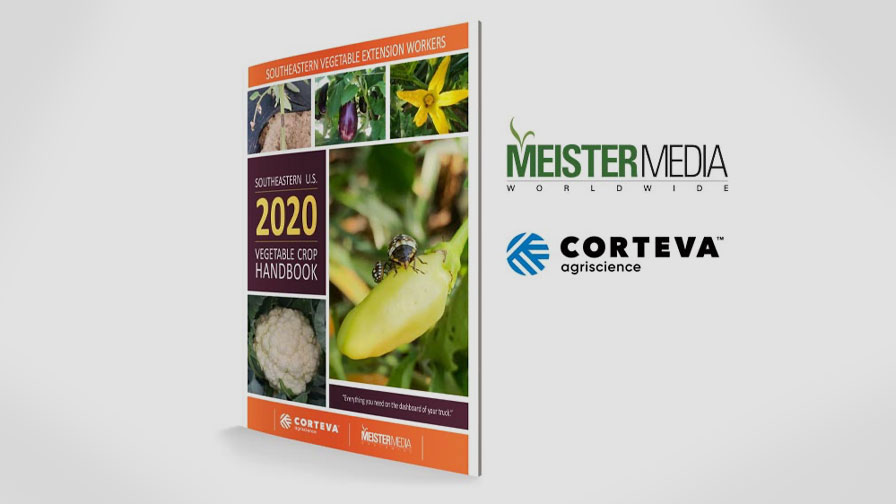A White Wine Grape 42 Years in the Making? Meet ‘Aravelle’
Introducing ‘Aravelle’ – a new white wine grape that was 42 years in the making. Renowned Cornell grape breeder Bruce Reisch made the hybrid by crossing ‘Cayuga White’ and riesling grapes in 1981, at the start of his career. Now, 14 grape varieties later and with retirement looming this year, Reisch announced the ‘Aravelle’ release at the recent B.E.V. (Business, Enology and Viticulture) NY 2023 conference in Syracuse.
‘Aravelle’ contains traits of ‘Cayuga White’, a grape developed at Cornell in 1972, which is relatively resistant against bunch rot and mildew diseases, easy to grow, and very productive when it ripens in early to mid-September. The new variety combines those traits with the taste qualities of riesling grapes, which grow well in New York’s climate and are fairly winter hardy but have been quite susceptible to fruit rot during wet periods.
Among the 14 grape varieties released by Reisch’s program over the course of his career is ‘Traminette’ (1996), a white wine grape, which is now grown on hundreds of acres in New York and elsewhere, and accounts for between $40 and $60 million of wine produced annually. Overall, grapes developed at Cornell AgriTech, where Reisch is based, produce well more than $100 million of wine a year.
The new variety has already generated interest in the industry and Reisch predicts sales will take off quickly.
“I anticipate that since we know so much about this grape and it’s been tested for such a long period of time, that it’ll do what’s expected,” Reisch says.
Compared to its riesling parent, Reisch expects the new grape could have slightly improved cold hardiness, much better rot and fungal disease resistance, and similar wine quality.
Breeding a new grape variety is a very detailed and rigorous process – typically taking more than 18 years for Reisch. After making the cross that would become ‘Aravelle’ (initially dubbed ‘New York 81’) and providing stock for growers to test the vines, Reisch moved on to other projects.
“As we were beginning to lose interest in NY 81, growers came back to us and said, ‘This is much more rot resistant than riesling,’ so we began to look at that more closely,” Reisch says. Due to rot resistance transferred from ‘Cayuga White’, NY 81 didn’t have to be rushed to harvest as soon as a bit of rot appeared during wet harvest seasons.
“We proceeded with the testing and tried to optimize the parameters for winemaking and learning what type of yeast strains would make the best wine for everyone,” he adds.
For more, continue reading at News.Cornell.edu.









